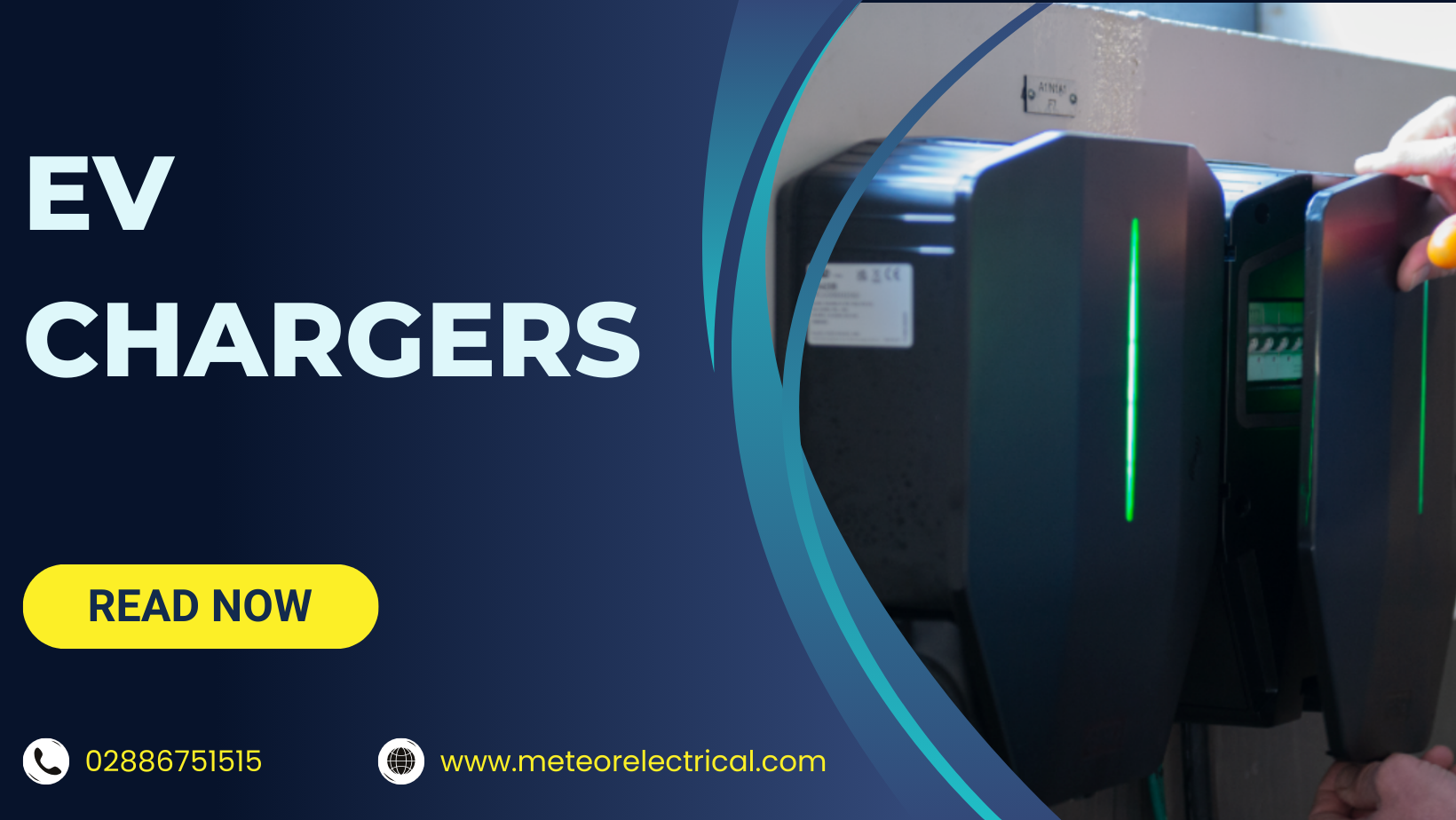EV Chargers
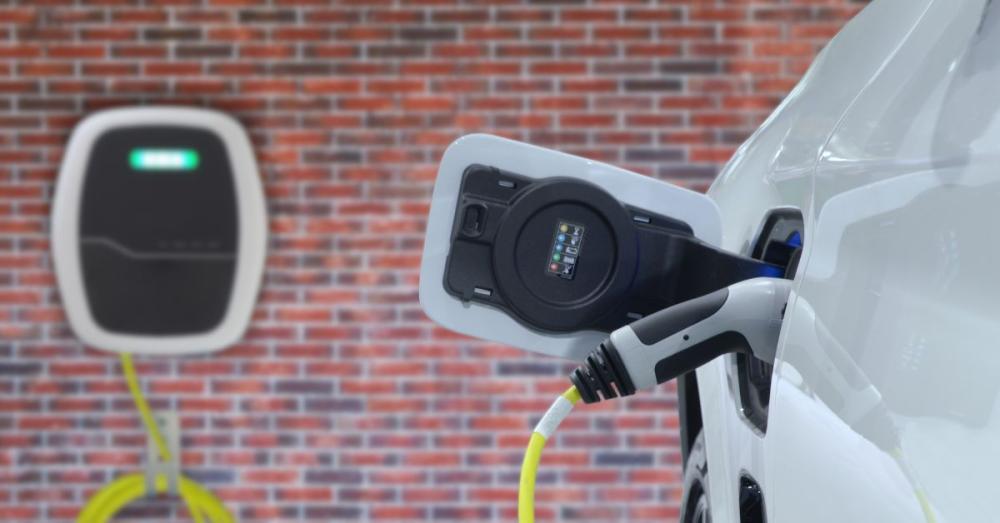
As an electrician, diving into the world of EV chargers is not just beneficial—it's essential. With electric vehicles (EVs) steadily gaining traction, understanding the intricacies of EV chargers can set you apart in this evolving field. Most people have been accustomed to gas-powered cars for decades, making the shift to electric a significant change. But fear not! Whether you're a seasoned electrician or just starting, this guide will illuminate the essentials of EV chargers, ensuring you're well-equipped to handle the demands of this green revolution.
For a comprehensive overview of electric vehicles, check out the U.S. Department of Energy's EV Information. To understand the environmental impact of EVs, the Environmental Protection Agency (EPA) provides valuable insights. Here are a couple of things you need to know about how EV chargers work.
What is an EV Charger?
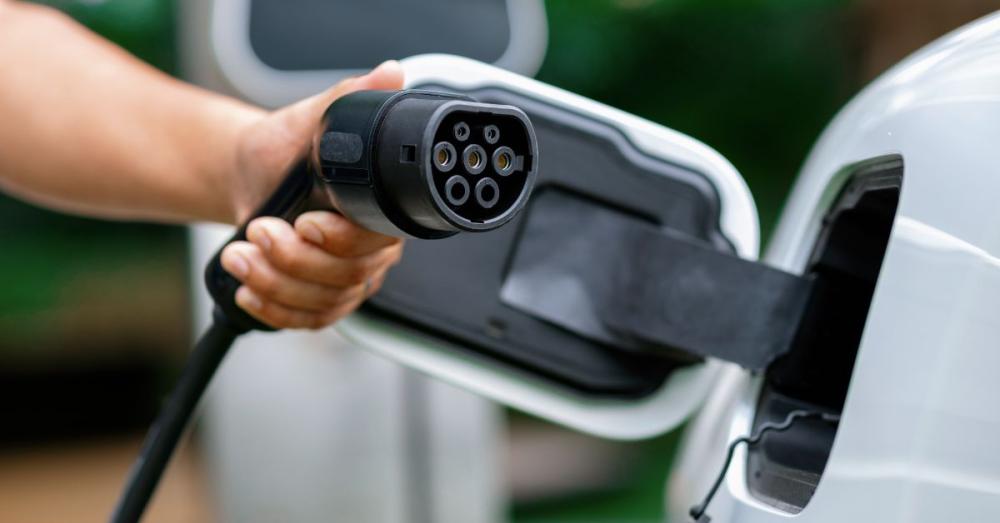
An EV charger, or Electric Vehicle charger, is a specialised device that supplies electrical power to recharge plug-in electric vehicles. Whether you're working with a battery electric vehicle (BEV) or a plug-in hybrid electric vehicle (PHEV), having the right EV charger is crucial to maintain the vehicle's battery health. Think of it as the lifeline for your car's battery, similar to how your smartphone charges overnight.
Just as there are various fuel options for traditional cars, EV chargers come in different types and configurations. It's important to note that while EV charging is more environmentally friendly and cost-effective in the long run, it typically takes longer than a quick fuel-up at a gas station.
What is a Tethered EV Charger?
A tethered EV charger features a charging cable permanently attached to the wall unit. This design offers convenience, eliminating the need to retrieve the charger cable from storage each time you charge your vehicle. However, the trade-off is that if the cable type needs to change, the entire unit must be replaced. Despite this limitation, tethered chargers maintain consistent performance and are a popular choice for many users.
Credit: Modern Heroes
What is an Untethered EV Charger?
In contrast, an untethered EV charger does not have a cable permanently attached. Often referred to as “socket-only” chargers, they provide greater flexibility, allowing you to use any compatible EV charging cable. This means no restrictions on cable length or type, making untethered chargers versatile for various EV models. However, the ease of access to the cable can sometimes make these chargers less secure compared to their tethered counterparts.
Garo Untethered EV Charger with Meteor Electrical
EV Chargers: Everything You Need to Know

Knowledge is power, especially when it comes to EV chargers. As the global shift towards electric vehicles accelerates, understanding the different types of EV chargers, connectors, and their functionalities becomes increasingly important. This comprehensive understanding will not only enhance your expertise as an electrician but also ensure you can provide top-notch service to your clients.
Whether you're dealing with residential installations or commercial setups, knowing the specifics of each charger type and connector is vital. Let’s delve deeper into the various aspects of EV chargers.
Domestic and Commercial EV Chargers with Meteor Electrical
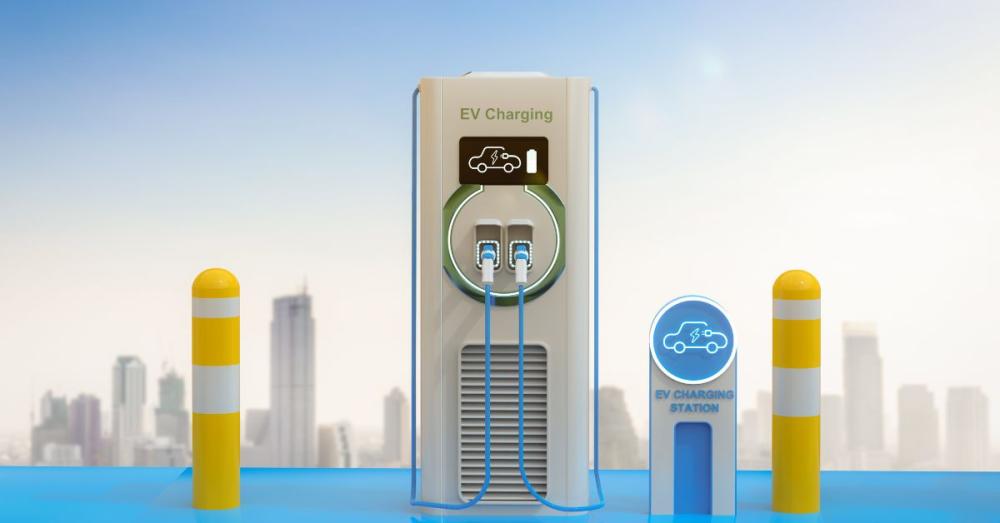
Meteor Electrical offers a range of EV chargers tailored for both domestic and commercial applications. Understanding the distinctions between these environments ensures optimal performance and compliance with safety standards.
EV Charging Types
EV charging is categorised into three primary types: rapid, fast, and slow. These classifications are based on power output and charging speed, measured in kilowatts (kW).
- Rapid Chargers
- Fast Chargers
- Slow Chargers
Each type of charger is equipped with connectors designed for specific power levels and AC or DC charging.
Rapid Chargers
Rapid chargers are the speedsters of the EV charging world, capable of recharging a vehicle in as little as 20 minutes. They supply either AC or DC power, depending on the vehicle's capabilities.
Most rapid chargers come with tethered cables and are compatible only with EVs that support rapid charging. Rapid DC chargers typically provide around 50 kW (125A) and utilise CHAdeMO or CCS (Combined Charging System) standards. On the cutting edge, Ultra-Rapid DC chargers can deliver up to 350 kW, significantly reducing charging times even for vehicles with large battery capacities.
Fast Chargers
Fast chargers generally offer AC charging and are rated at 7 kW or 22 kW. The charging time varies based on the unit's speed and the vehicle's battery capacity. For instance, a 7 kW charger can replenish an EV with a 40 kWh battery in approximately 4-6 hours.
While fast chargers are usually untethered, some residential and workplace units may feature attached cables. It's important to consider the EV’s onboard charger capabilities, as not all models can handle higher amperage rates.
Slow Chargers
Slow chargers are rated up to 3 kW, though most operate between 2.3 kW and 6 kW. Charging times can range from several hours to overnight, making them ideal for home use. Slow chargers are typically untethered, requiring a separate cable to connect the EV to the charging point.
Despite longer charging times, slow chargers are a staple in residential settings due to their simplicity and lower installation costs.
Credit: Strong Energy EV Charging
Types of EV Connectors

Understanding the different types of EV connectors is crucial for ensuring compatibility between the charger and the vehicle. Here are the four primary connector types:
- CHAdeMO
- CCS (Combined Charging System)
- Tesla
- L2 - J1772
CHAdeMO
CHAdeMO, short for "Charge de Move," was developed by a consortium of Japanese automakers, including Nissan, Toyota, and Mitsubishi. It remains a standard for many Asian-manufactured EVs, offering robust DC fast-charging capabilities.
CCS (Combined Charging System)
CCS is a globally recognised standard, particularly favoured by North American and European automakers. It’s designed as an open industry standard, with most new EV models (excluding Tesla) adopting CCS connectors. CCS supports both AC and DC charging, making it versatile for various charging needs.
Tesla
Tesla, a pioneer in the EV market, developed its proprietary connector to facilitate fast charging through its Supercharger network. While Tesla vehicles come with adapters for AC Level 1 and Level 2 (J1772) charging, an additional CHAdeMO to Tesla adapter is available for DC charging, enhancing compatibility.
L2 - J1772
The J1772 connector is standard for Level 1 and Level 2 AC charging. While slower than DC fast charging, it’s widely used for home and workplace charging, providing a safe and reliable connection for most EVs (excluding Tesla, unless an adapter is used).
Types of EV Chargers

Before selecting a charging cable, it's essential to understand the various types of EV chargers and their compatibility with different vehicles. Factors like regional standards, vehicle specifications, and charger performance play a pivotal role in this decision-making process.
Meteor Electrical offers a diverse range of chargers to cater to these varied needs, ensuring seamless integration with any EV model.
Type 1 EV Charger
Type 1 chargers feature a 5-pin design that facilitates power transmission and includes an earthing mechanism for enhanced safety. These single-phase chargers offer fast charging with outputs ranging from 3.7 kW to 7.4 kW AC, providing approximately 12.5-25 miles of range per charging hour.
While Type 1 chargers include a secure latch to prevent accidental disconnections, the cable can still be manually removed, which may pose a security concern.
Compatible Vehicles: Citroen C-Zero, Ford Focus Electric, Mitsubishi Outlander PHEV, Kia Soul EV, Nissan Leaf (2012-2017), Toyota Prius, Vauxhall, and more.
Type 2 EV Charger
Type 2 chargers are ideal for high-capacity EVs, offering a 7-pin design that supports both single and three-phase power. These chargers provide between 30 to 90 miles of range per charging hour, with charging speeds of up to 22 kW for domestic units and 43 kW for public stations.
Type 2 is the preferred standard in Europe, making it a versatile choice for a wide range of EVs.
Compatible Vehicles: Audi Etron, BMW i3, Hyundai, Jaguar, KIA, Range Rover, Renault, Mercedes Benz EQC, Mini Countryman, Nissan Leaf (2018+), Porsche, Tesla, Toyota, and more.
| Charger Type | Voltage | Amperage | Power Output (kW) | Charging Speed | Suitable For | Connector Types |
|---|---|---|---|---|---|---|
| Slow Charger | 120V-240V | 2.3A - 6A | 2.3 - 6 kW | Overnight (up to 30 hours) | Home (overnight charging) | J1772 (with adapter for Tesla) |
| Fast Charger | 208V-240V | 16A - 40A | 7 - 22 kW | 4-6 hours for full charge | Home & Workplace | J1772, Type 1, Type 2 |
| Rapid Charger | 400V+ | 125A+ | 50 - 350 kW | 20-30 minutes for ~80% charge | Public Charging Stations | CHAdeMO, CCS |
| Ultra-Rapid DC Charger | 400V+ | 200A+ | 100 - 350 kW | Under 15 minutes for ~80% charge | High-traffic Public Areas | CCS, Tesla (with adapter) |
How to Install EV Chargers
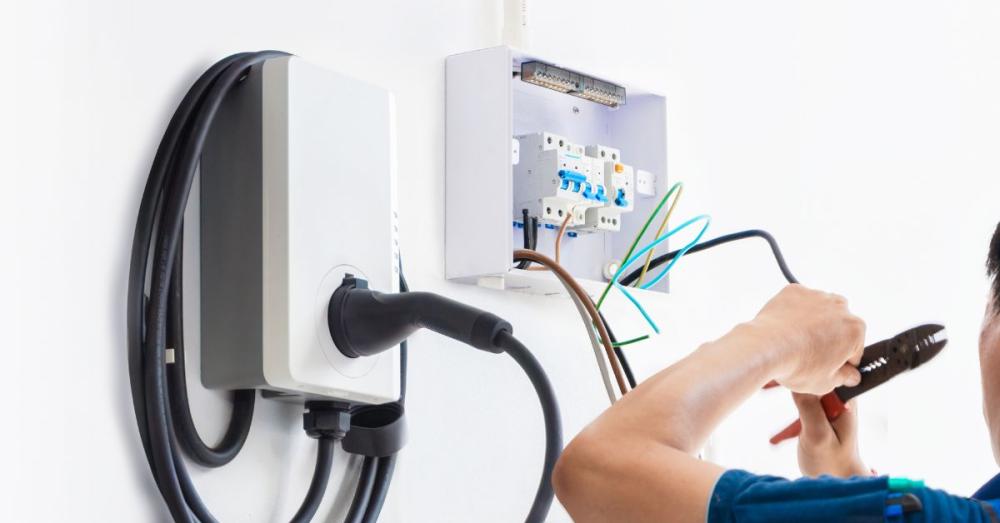
Installing an EV home charger involves several key steps, each requiring attention to technical and safety regulations. Here's a streamlined guide to help you navigate the installation process effectively.
Step 1: Choose Between Level 1 and Level 2 Chargers
- Level 1 Chargers: Utilise a standard 3-prong household outlet, making them easy to install with minimal electrical upgrades. They provide a charging rate of 2-5 miles per hour, suitable for plug-in hybrid EVs.
- Level 2 Chargers: Offer faster charging rates of 8-24 miles per hour but require a 240V outlet, similar to those used for large appliances like electric stoves and dryers.
Step 2: Choose the Right Charging Equipment
Selecting the appropriate charging equipment involves considering:
- Amperage: Ensure the charger’s amperage matches the EV’s requirements.
- Smart EVSE vs. Basic EVSE: Smart chargers offer advanced features like WiFi connectivity and energy monitoring, while basic chargers provide straightforward charging.
- Cord Length: The cable should be long enough to reach the vehicle without the need for extension cords.
- Safety Certifications: Ensure the charger is certified by recognised testing organisations.
Step 3: Electrical Upgrades
Depending on the charger's level, electrical upgrades may be necessary:
- Adding Capacity: Upgrade the house panel or add a subpanel to accommodate the charger.
- Service Capacity: Increase the overall service capacity from the utility if needed.
Step 4: Obtain Electrical Permits
Secure all necessary permits before beginning the installation. This involves submitting a load calculation and standard electrical permit application, followed by paying the required fees.
Step 5: Install the EVSE
- Level 1 Installation: Typically involves plugging the EVSE into an existing outlet after necessary upgrades.
- Level 2 Installation: May require running new wires from the electrical panel to the charging location, especially if the panel is distant from the installation site. Complex installations, such as those in underground garages, might necessitate additional engineering assessments.
What is an EV Smart Charger?
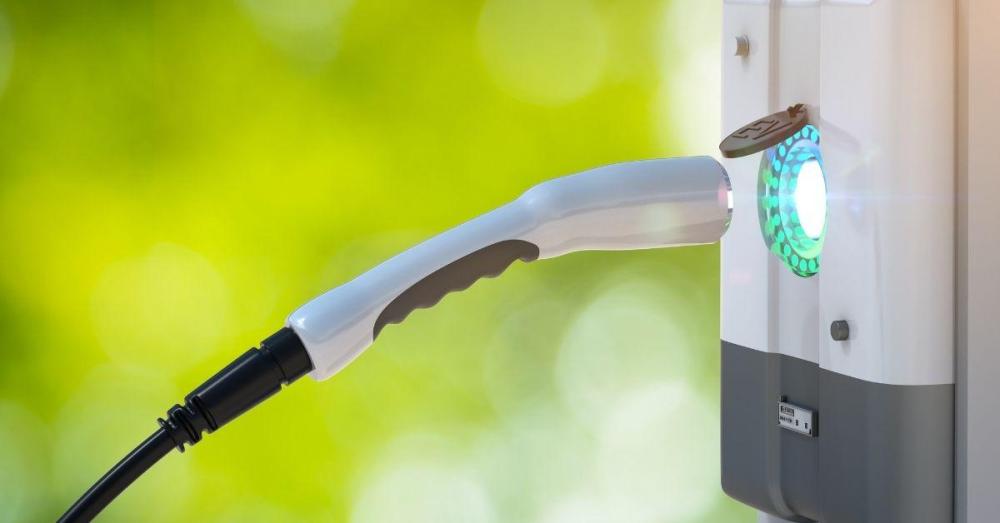
EV smart chargers, also known as intelligent chargers, revolutionise the charging experience by enabling data communication between the EV, charger, and the charging operator. This connectivity allows for remote monitoring, management, and control of charging sessions, optimising energy consumption and enhancing user convenience.
Garo Smart EV Charger at Meteor Electrical
Features of Smart EV Charging
Smart EV charging offers a suite of features that enhance both user experience and operational efficiency:
Admin Panel
An admin panel simplifies the management of multiple charging points across various locations. It allows operators to set pricing, monitor usage statistics, and manage station details remotely, streamlining operations and improving efficiency.
Automatic Payments and Billing
Automated payment systems eliminate the need for manual billing, offering customers convenient payment options such as RFID tags, mobile apps, and card payments. This automation ensures accurate and timely transactions.
Mobile and Web Apps
End-users benefit from mobile and web apps that allow them to locate and reserve charging points, view charging history, and monitor real-time data. This connectivity enhances the overall customer experience, making EV charging more accessible and user-friendly.
Roaming
Roaming capabilities enable charging station owners to connect with broader networks, attracting more users and increasing revenue. Similar to mobile data roaming, EV roaming allows seamless access across different charging networks.
Dynamic Load Management (DLM)
DLM intelligently distributes available power among multiple EVs being charged simultaneously, protecting the local grid from peak loads and eliminating the need for costly energy infrastructure upgrades.
Energy Management Features
Smart chargers support vehicle-to-grid (V2G) technology, allowing EVs to contribute to the electricity system by balancing energy production and demand. This feature supports the integration of renewable energy sources, fostering a sustainable energy ecosystem.
Dynamic Load Management with Garo at Meteor Electrical
Benefits for EV Charging Networks
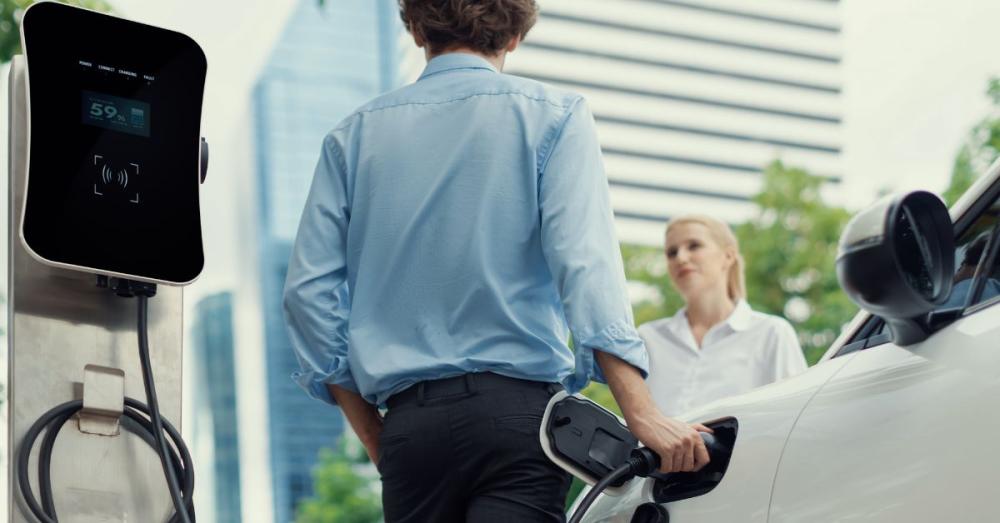
Utility companies and network operators can harness the power of smart EV charging solutions to enhance grid stability, stay abreast of industry trends, and streamline station management.
Stabilising the Grid
Smart chargers can be programmed to initiate charging during low-demand periods, balancing the grid and preventing overloads. This capability opens up new business opportunities and supports a more resilient energy infrastructure.
Staying Up-to-Date with Trends
The mobility sector is rapidly evolving, and smart EV chargers offer the flexibility to adapt to emerging trends and technologies, ensuring long-term relevance and functionality.
Efficient Station Management
With smart management tools, operators can easily create device groups, set pricing models, and manage multiple stations without the hassle of manual oversight. This efficiency translates to cost savings and improved operational performance.
Benefits for Businesses
Businesses investing in EV smart charging solutions gain numerous advantages, including:
- Remote Monitoring: Keep track of charging events and station performance without being on-site.
- Automated Billing: Streamline financial transactions with automatic billing systems.
- Energy Consumption Control: Manage and optimise electricity usage, reducing costs and preventing grid overloads
Domestic vs. Commercial EV Chargers
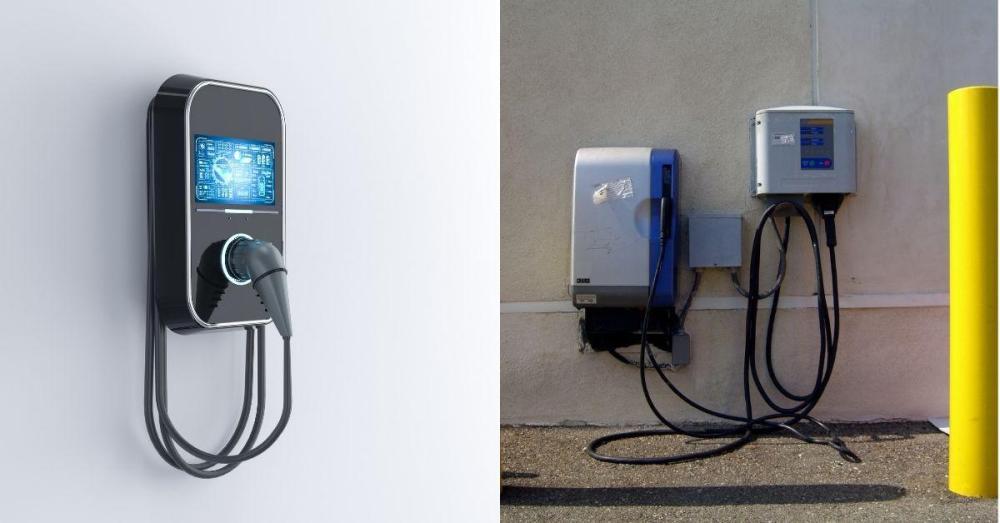
Understanding the distinctions between domestic and commercial EV chargers is crucial for selecting the right solution for your clients. Here’s a breakdown of the key differences:
Domestic EV Charger
Challenges:
- Property Ownership: Shared or apartment living can complicate home charging installations due to regulatory and infrastructural constraints.
- Charging Speed: Typically limited to Level 1 chargers, resulting in slower charging times. Level 2 chargers are available but come with higher installation
costs.
- Ampere Rating: Newer EV models require higher amperage (48A or 40A), which may necessitate upgrading existing electrical infrastructure.
Commercial EV Charger
Challenges:
- Demand Charges: Higher energy usage can lead to increased fixed monthly costs for commercial charging stations.
- Bureaucratic Issues: Establishing a commercial EV charging setup involves navigating import duties, permits, and licenses, which can be time-consuming.
- Location: Limited availability of commercial chargers can deter users from opting for public charging, reducing demand.
Best Domestic and Commercial EV Chargers
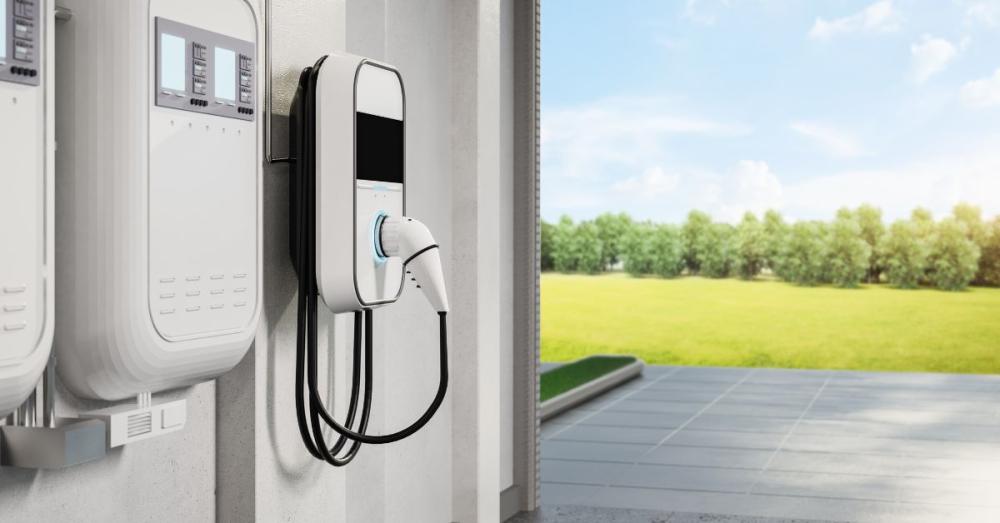
Meteor Electrical partners with GARO, a leading provider of reliable and stylish EV chargers. Here are some of their top offerings:
GARO Standard Domestic Wall Charger
The GARO Standard Domestic Wall Charger is renowned for its sleek design and smart functionality. Featuring a 7.4 kW Type 2 tethered lead, it includes DC monitoring, Dynamic Load Management (DLM), a motorised interlock, and LAN connectivity for seamless control and billing.
Features:
- Charging Output: 3.7 kW to 22 kW
- DLM: Protects main fuse by adjusting charging current based on total load
- WiFi Module: Enables remote firmware and software updates
- Versatility: Suitable for homes, workplaces, car parks, and hotels
Learn More About GARO Standard Domestic Wall Charger
GARO LS4 Electric Car Charging Station
Designed for commercial applications, the GARO LS4 is built from marine-grade aluminium, ensuring durability and stability. It can be directly bolted to concrete or mounted on poles, making it ideal for various public locations.
Features:
- Indicators: 360° light indicators for charge status visibility
- Sockets: Two illuminated Type 2 sockets, available in 16A and 32A, single or three-phase
- Smart Controllers: Compatible with OCCPP 1.5 and 1.6 protocols
- Applications: Perfect for car parks, supermarkets, shopping centers, and more
Explore GARO LS4 Electric Car Charging Station
GARO 2x22kW Outlets Metered & Ethernet
This commercial EV charging station is crafted from robust aluminium, featuring two Type 2 sockets and optional MID-certified electricity meters. It supports single and three-phase solutions, includes a 4G connection, RFID reader, and external load management.
Features:
- Voltage Rating: 30/400V
- Connectivity: Ethernet and 4G
- Warranty: Three-year warranty for peace of mind
Discover GARO 2x22kW Outlets Metered & Ethernet
Are EV Chargers Waterproof?
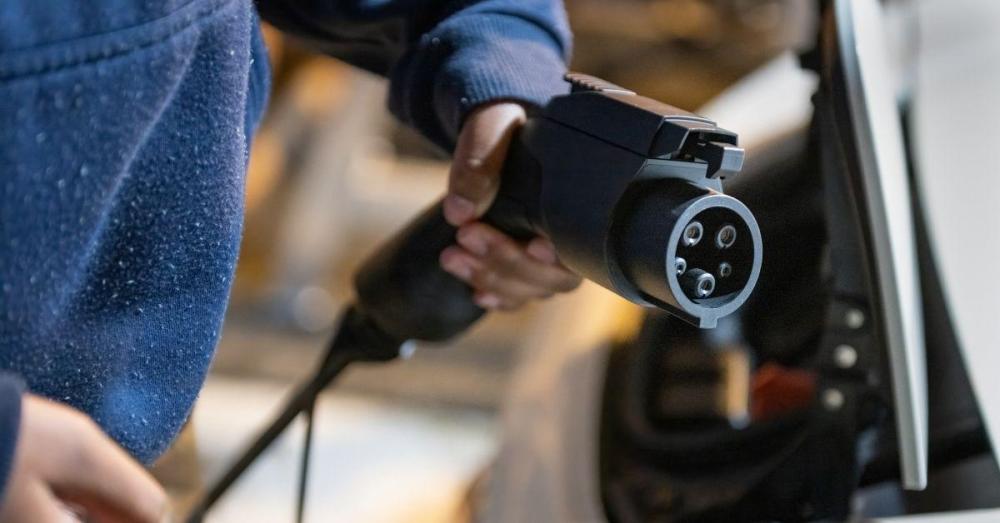
A common concern among EV owners and electricians alike is the weather resistance of EV chargers. The good news is that EV chargers are indeed waterproof, designed to safeguard both the vehicle and the user from electric shocks. This means you can confidently charge your EV outdoors, even in rainy conditions, without worrying about water damage or safety hazards.
Ingress Protection (IP) Ratings:
EV chargers and cables come with IP ratings that indicate their level of protection against dust and water. For example, the Nissan Leaf boasts an IP67 rating, meaning it can withstand being submerged in water up to 1 meter deep for 30 minutes without sustaining damage. This ensures that plugging in your EV during a downpour is safe and hassle-free.
Moreover, most EVs are programmed to shut down automatically in case of any electrical faults, adding an extra layer of safety. This feature prevents electricity discharge, ensuring that neither the user nor the vehicle is at risk of electric shock during charging.
For more detailed information on EV charger safety and installation, feel free to contact us via live chat or call us at 028 (048) 867 51515 to speak with one of our experts.
Conclusion
Navigating the world of EV chargers may seem daunting at first, but with the right knowledge and resources, you can master the essentials and provide exceptional service to your clients. Meteor Electrical is committed to equipping you with the best tools and information, ensuring that you stay ahead in the rapidly evolving EV landscape. Whether you're installing a domestic charger or setting up a commercial charging station, understanding the nuances of EV chargers will empower you to deliver reliable, efficient, and safe charging solutions.
Stay connected with Meteor Electrical for the latest updates, expert advice, and top-tier EV charging products tailored to meet your specific needs. Together, let's drive the future of electric mobility!
Additional Resources
- U.S. Department of Energy: Electric Vehicles
- Environmental Protection Agency: Electric Vehicle Myths
- Electrek: EV Charging Guide
For any more information regarding the installation of EV chargers, please contact us via live chat or call us on 028 (048) 867 51515 to speak to an expert.
Frequently Asked Questions (FAQs)
1. What is the difference between Level 1 and Level 2 EV chargers?
Level 1 uses a standard 120V outlet, providing 2-5 miles of range per hour—ideal for overnight home charging. Level 2 requires a 240V outlet and delivers 8-24 miles of range per hour, suitable for faster home or commercial charging.
2. How long does it take to charge an electric vehicle with different types of chargers?
*Charging times vary:
- Slow Chargers (≤3 kW): 20-30 hours
- Fast Chargers (7-22 kW): 4-6 hours
- Rapid Chargers (≥50 kW): 20-30 minutes for ~80% charge*
3. Can I install an EV charger at my home myself, or do I need a professional electrician?
Level 1 chargers can be self-installed using a standard outlet. Level 2 chargers require a licensed electrician to ensure safe and compliant installation.
4. Are there any incentives or rebates available for installing EV chargers?
Yes, many governments and utilities offer incentives or rebates. Check with local authorities or consult Meteor Electrical to explore available programs.
5. How do smart EV chargers enhance the charging experience compared to basic chargers?
*Smart chargers offer:
- Remote Control: Manage via apps
- Dynamic Load Management: Optimise power use
- Automated Billing: Simplify payments
- Energy Integration: Support renewable sources and V2G technology

